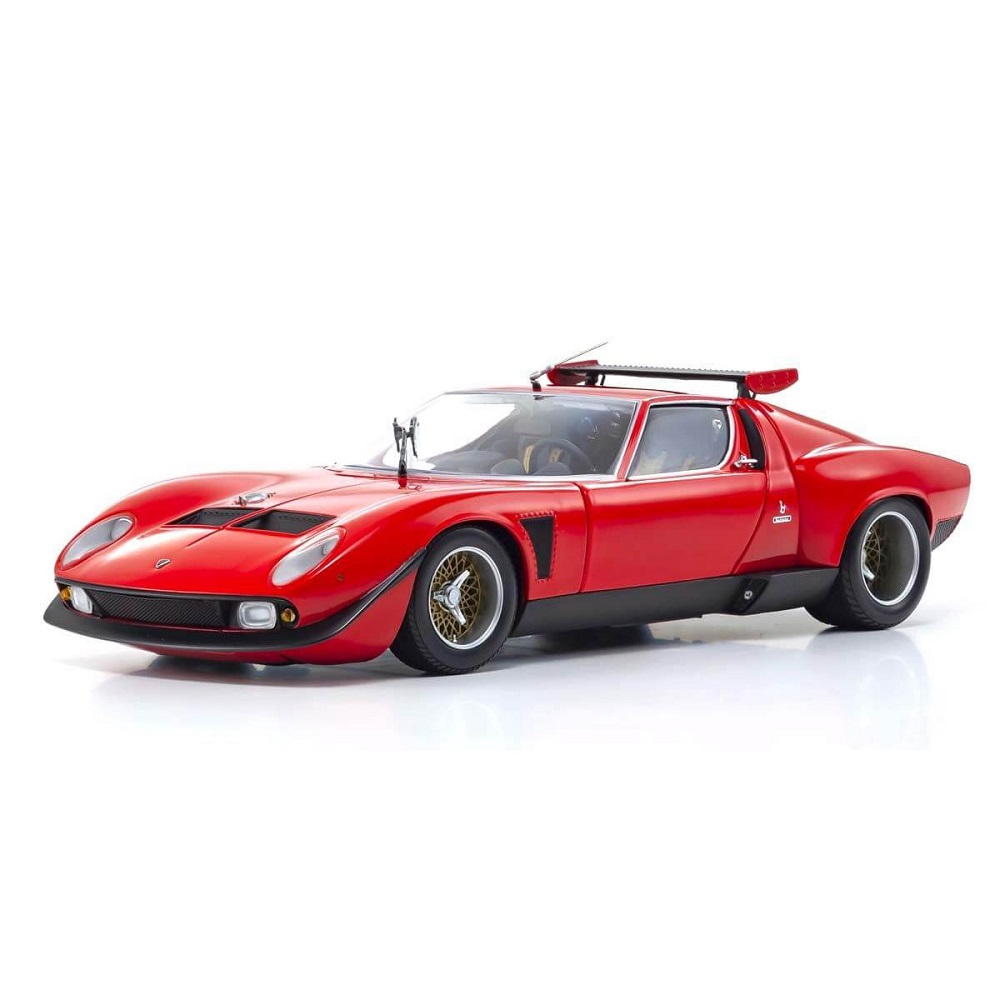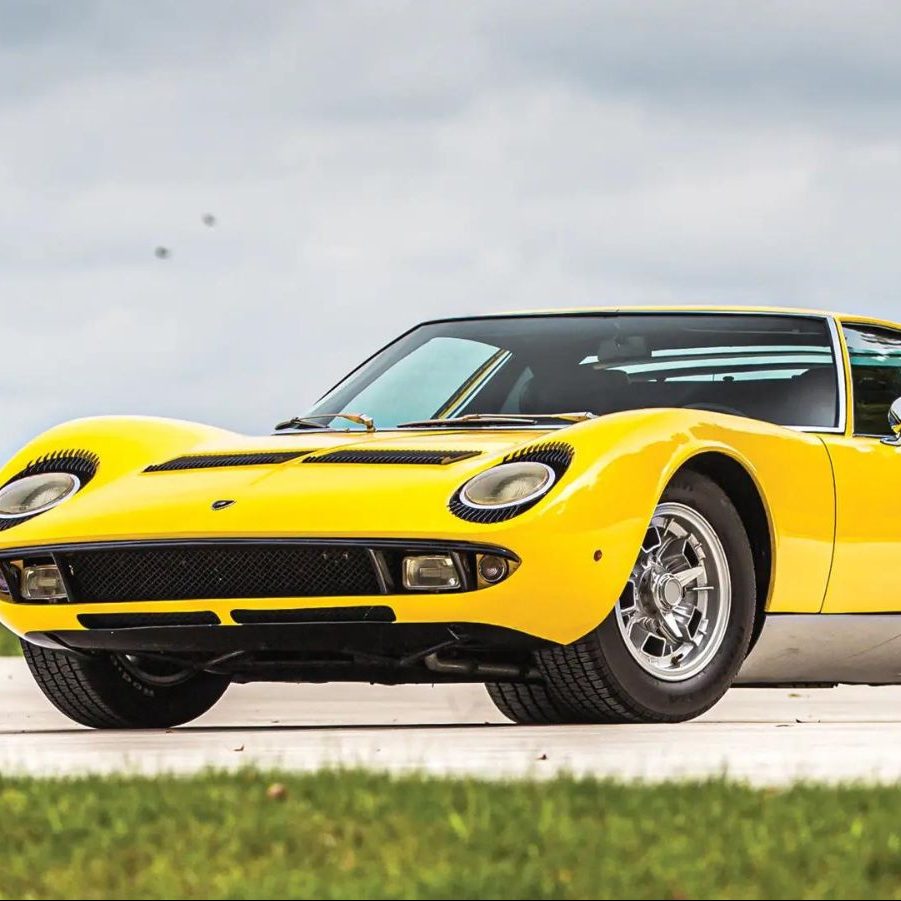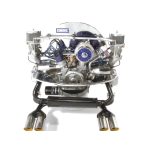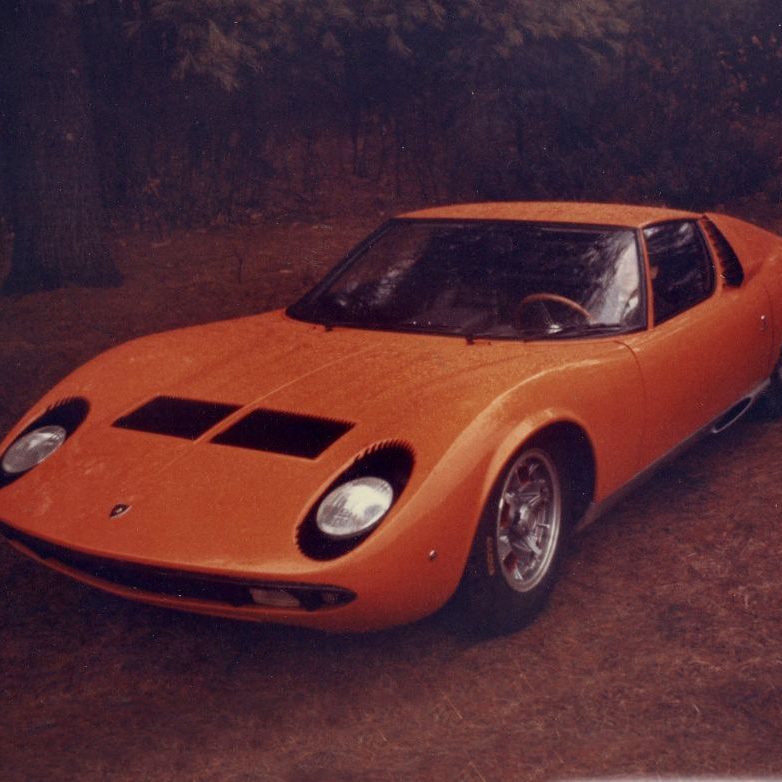The Lamborghini Miura stands as a symbol of automotive excellence and a defining moment in the history of supercars. Introduced in the late 1960s, the Miura not only revolutionized the concept of high-performance vehicles but also captivated enthusiasts with its stunning design and engineering marvels. In this in-depth review, we will explore the features, performance, and legacy of the Miura, illuminating what makes it more than just a car—it’s a timeless icon.
The Birth of a Legend
Historical Context
The Lamborghini Miura debuted in 1966 against the backdrop of a burgeoning car culture that celebrated speed and luxury. Founded by Ferruccio Lamborghini, the company originally focused on tractors, but Ferruccio sought to create a supercar that could rival Ferraris. The vision was clear: produce a powerful, high-performance vehicle that combined elegance and innovation. The Miura emerged as the embodiment of that vision, quickly capturing the attention of automotive journalists and enthusiasts alike.
Design Inspiration
The Miura’s design was spearheaded by a team of talented individuals, most notably Marcello Gandini from the design house Bertone. Influenced by contemporary racing cars, the Miura featured sleek lines, a low profile, and a distinctive silhouette, making it an instant head-turner. Its design was not just about aesthetics; functional elements like airflow and aerodynamics were also meticulously considered. The result was a car that not only looked fast but was undeniably swift—a true representation of Italian craftsmanship.

Architectural Marvel
Chassis and Build
At the core of the Miura’s engineering excellence lies its lightweight chassis. The car employed a structure made of tubular steel, which allowed for increased rigidity while minimizing weight. This innovative approach laid the groundwork for the performance characteristics that would define the Miura. The use of independent suspension at all four wheels contributed to enhanced handling, ensuring that the car could take corners at higher speeds without sacrificing stability.
Mid-Engine Design
The Miura kicked off the trend of mid-engine layout in supercars. By placing the engine behind the driver, Lamborghini achieved an optimal weight distribution that improved handling and responsiveness. The decision to use a V12 engine helped not only to lower the center of gravity but also to maintain a compact and elegant overall package. This engineering feat positioned the Miura ahead of its time, influencing countless manufacturers in the years that followed.
Power and Performance
Engine Specifications
The heart of the Lamborghini Miura is its powerful 3.9-liter V12 engine, producing approximately 350 horsepower. This power was nothing short of revolutionary during its time, enabling the Miura to accelerate from 0 to 60 mph in around 6.7 seconds—a figure that would leave many contemporary sports cars trailing in its wake. The engine featured a DOHC design with six Weber carburetors, translating into an exhilarating auditory experience as it roared to life.
Impressive Speed
With a top speed of around 170 mph, the Miura was one of the fastest production cars available in the late 1960s and early 1970s. This remarkable speed was a source of fascination for automotive enthusiasts, capturing the essence of what a supercar should be—a machine built for speed and adrenaline. The exceptional performance of the Miura set a new standard for future high-performance vehicles, establishing Lamborghini as a force to be reckoned with in the automotive world.

Unforgettable Driving Experience
Handling and Agility
Driving the Miura is a profoundly engaging experience. The car offers a perfect blend of power and handling, allowing drivers to feel connected to the road. The mid-engine layout enhances responsiveness, making it easy to take corners with confidence. Drivers often describe the sensation of behind-the-wheel dynamics as thrilling, turning every drive into an unforgettable adventure. The steering is precise, and feedback from the car is immediate, allowing for a level of control that few other cars match.
Comfort and Design
Despite being a performance-focused supercar, the Miura does not skimp on comfort. The cabin is designed with both luxury and functionality in mind, featuring high-quality materials and a driver-centric layout. While it may not carry many modern conveniences, the aesthetic choices of leather and wood trim give an air of sophistication. The dashboard presents essential instrumentation clearly, while bucket seats offer support during sporty driving maneuvers, balancing comfort and performance brilliantly.
Cultural Significance
A Pop Culture Icon
The Lamborghini Miura’s influence extends beyond the automotive world; it has earned a cherished place in popular culture. The car made several appearances in films, TV shows, and advertisements, further cementing its status as a cultural icon. Most notably, it featured in the classic 1969 film The Italian Job, showcasing its allure and charisma. The Miura captivated audiences, and its association with luxury and speed became a lasting image in the minds of car enthusiasts.
Influence on Future Supercars
The Miura has inspired countless manufacturers and models over the years. The mid-engine layout, design aesthetics, and V12 powertrain have been emulated in many subsequent supercars, including models from Ferrari, McLaren, and Pagani. Lamborghini itself continued to innovate, but the Miura remains a cornerstone of its history, demonstrating the company’s ability to blend performance with artful design.

Ownership Experience
Rarity and Collectibility
Today, the Lamborghini Miura is not just a car; it’s a collectible artifact sought after by enthusiasts and collectors. Due to its limited production—only around 7,500 units were made—finding one is both a rarity and a thrill. The Miura’s value has skyrocketed over the years, turning it into a prized possession. For collectors, owning a Miura represents the ultimate symbol of luxury, performance, and automotive history.
Maintenance Considerations
While owning a Miura offers undeniable joy, it also comes with unique challenges. Maintenance requires specialized knowledge due to its age and the limited availability of parts. Finding a meticulous mechanic familiar with vintage Lamborghinis can be essential for keeping the car in peak condition. Owners must also consider the cost of insurance and potential restoration work, as older vehicles often need careful attention to remain roadworthy.
Legacy and Continued Reverberation
Enduring Influence on Supercar Development
The Lamborghini Miura’s legacy continues to resonate throughout the automotive industry. It illustrates what can be achieved when passion meets engineering prowess. Many consider it the progenitor of the modern supercar. Its unique design and performance metrics set new benchmarks. These benchmarks define what enthusiasts expect in high-performance vehicles. The shift to mid-engine layouts, pioneered by the Miura, influenced contemporaries. It also impacted future generations of vehicles. This created a lasting template for a category that has exploded in popularity.
Events and Celebrations of the Miura
Enthusiasts and collectors often gather to celebrate the Miura’s impact during classic car shows and automotive events around the globe. Events like the Pebble Beach Concours d’Elegance frequently feature this iconic vehicle, highlighting its design and engineering excellence. The Miura also enjoys a prominent place among the “greatest cars of all time” lists, featured in various documentaries and publications dedicated to automotive history. Each time it graces the stage, it rekindles admiration for its pioneering spirit and unparalleled beauty.
Conclusion
The Lamborghini Miura is more than just a superbly-engineered vehicle; it embodies the passion, craftsmanship, and innovation that defines automotive history. With its stunning design, groundbreaking engineering, exhilarating performance, and lasting cultural significance, the Miura continues to capture the hearts of car enthusiasts and collectors alike.
Driving this iconic machine not only provides an adrenaline rush but also a deep appreciation for the art of automotive engineering. As new models and technologies emerge, the Miura remains a benchmark, forever reminding us of the golden age of automotive design. For those fortunate enough to experience this extraordinary car, it’s an unforgettable journey into the heart of automotive excellence. Whether simply admiring from afar or taking it for a spin down a winding road, the Lamborghini Miura stands undefeated as a symbol of speed, beauty, and the relentless pursuit of perfection.










